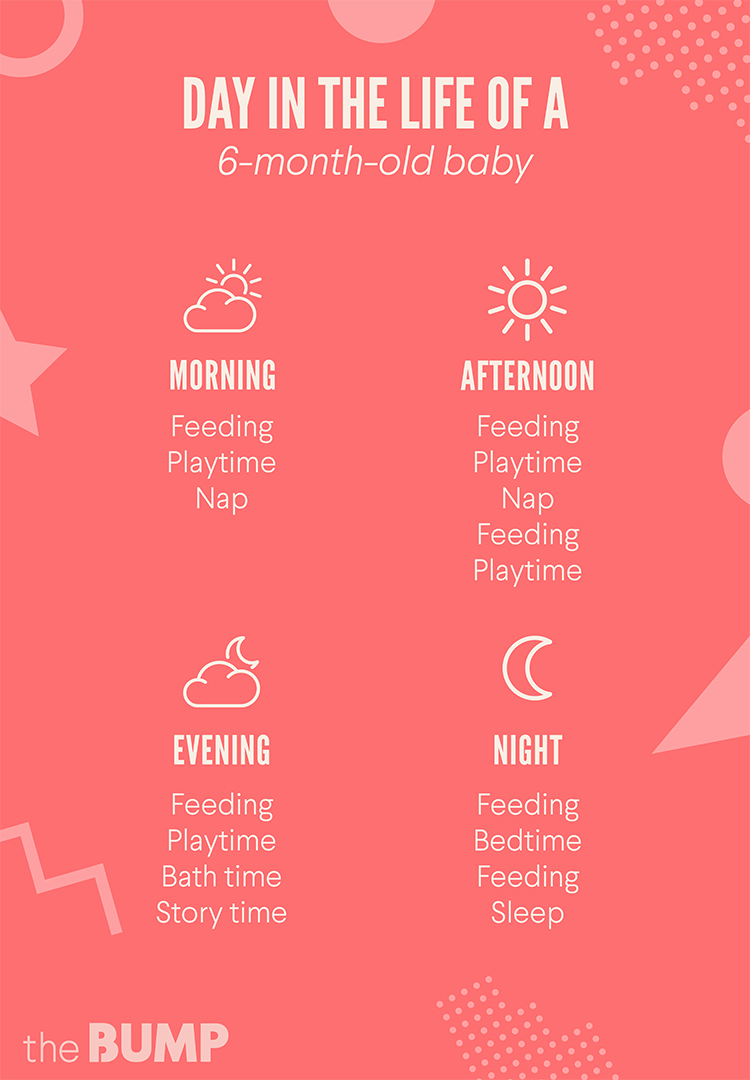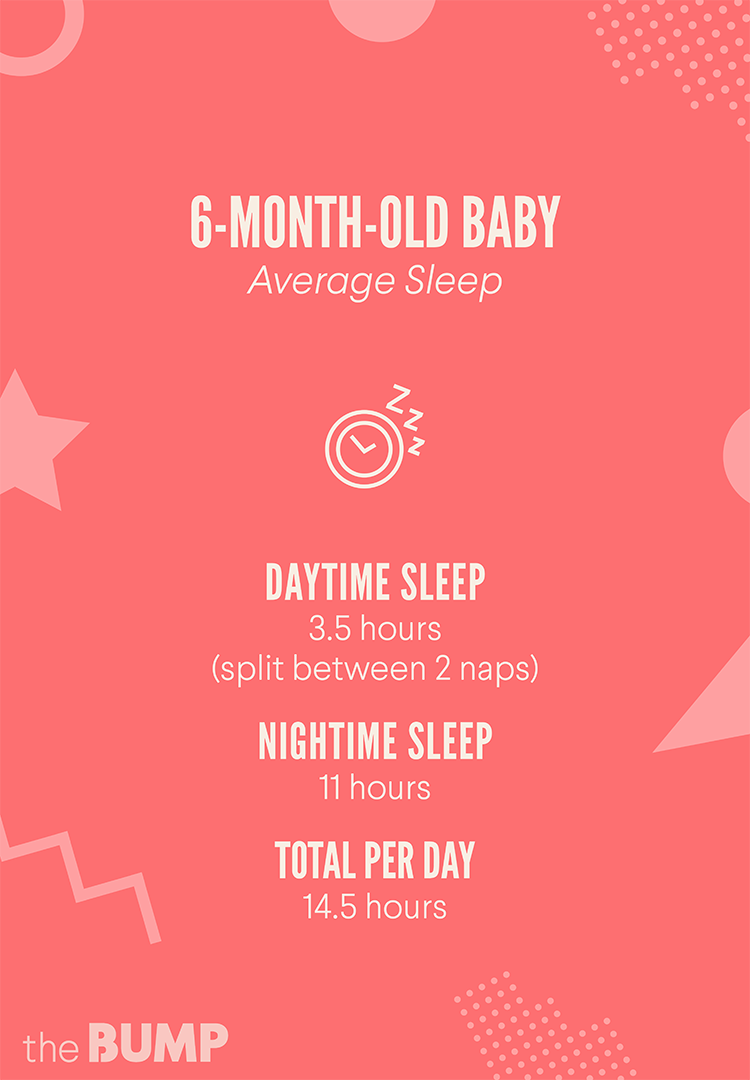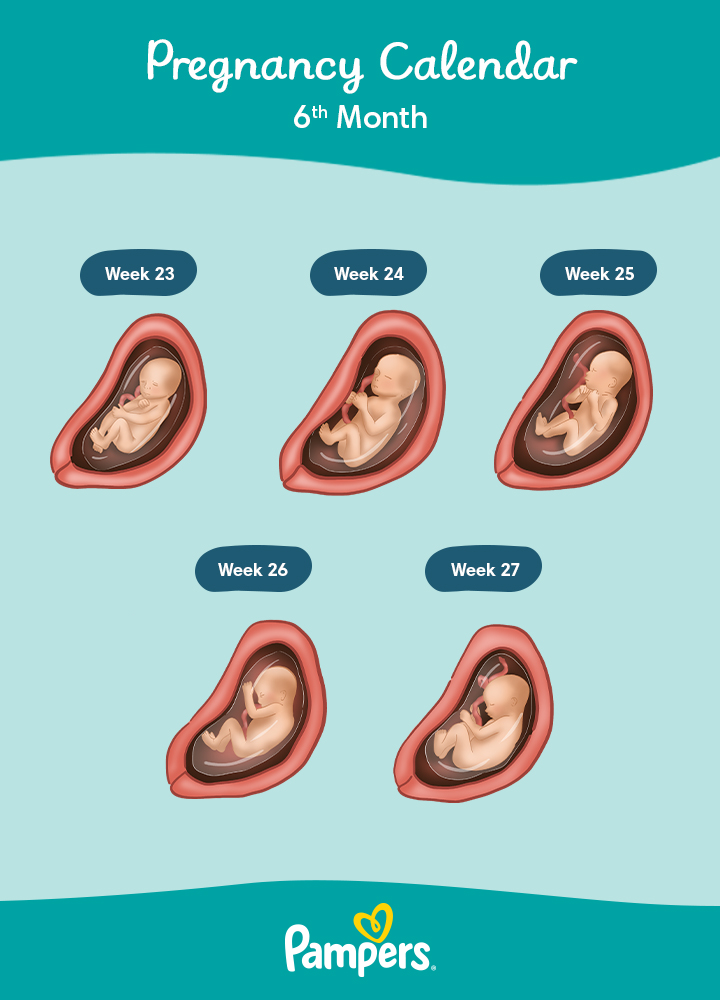How Many Days In 6Months
The concept of time is an essential part of our everyday lives. We structure our schedules and plan our activities around the months and days of the year. Understanding the number of days in each month is fundamental knowledge, allowing us to effectively manage our time. In this article, we will delve into the details of how many days are in six months, along with other related frequently asked questions.
II. Calculation of Days in Six Months
To determine the number of days in six months, we need to consider the varying lengths of each month. Most months consist of either 30 or 31 days, except for February, which has either 28 or 29 days, depending on whether it is a leap year. By summing up the days across six consecutive months, we can establish an accurate count.
III. Days in the First Three Months
Let’s begin by examining the days in the first three months. January is the first month of the year and has 31 days. February follows with a varying length; non-leap years have 28 days, while leap years add an extra day, totaling 29. March completes this trio, comprising 31 days. Therefore, the sum of the days in January, February, and March is 31 + 28/29 + 31 = 90/91 days.
IV. Days in the Last Three Months
Next, let’s focus on the days in the last three months. October is the ninth month of the year, having a count of 31 days. November, the penultimate month, also encompasses 30 days. Finally, December is the last month, and like January, it consists of 31 days. Adding up all these days gives us a total of 31 + 30 + 31 = 92 days.
V. Leap Year Considerations
Leap years occur every four years and involve adding an extra day to the month of February, totaling 29 days instead of the usual 28. This adjustment compensates for the slight discrepancy between the calendar year and the time it takes for the Earth to orbit the sun. To determine if a year is a leap year, we follow these rules:
1. The year must be divisible by 4.
2. If it is divisible by 100, it must also be divisible by 400 to be considered a leap year.
Leap years impact the number of days in six months when they fall within this time frame. Without a leap year, there are 182 (31 + 28 + 31 + 30 + 31 + 30) days in six months. However, in a leap year, the days increase to 183 (31 + 29 + 31 + 30 + 31 + 30). Thus, leap years affect the calculation of days in six months.
VI. Practical Applications of Knowing the Days in Six Months
Knowing the number of days in six months can have several practical applications. Let’s explore some frequently asked questions relating to this topic:
1. How many working days in six months?
Working days are generally considered Monday to Friday, excluding public holidays. Assuming no leap year, there are approximately 126 working days in six months. This calculation accounts for weekends and assumes there are no public holidays within that time.
2. How many days in seven months?
To calculate the number of days in seven months, you would follow the same process as mentioned earlier. Without a leap year, there are 212 days (31 + 28 + 31 + 30 + 31 + 30 + 31) in seven months.
3. How many days is six months from today?
This question requires considering the specific days in each month. Assuming today is the first day of the month, you would count the days starting from the next month and sum them up until you reach six months. It is important to remember that leap years can affect this count.
4. How many days in 12 months?
Without considering a leap year, there are 365 days (31 + 28 + 31 + 30 + 31 + 30 + 31 + 31 + 30 + 31 + 30 + 31) in 12 months.
5. How many weeks in six months?
One week consists of seven days. So, without a leap year, there are approximately 26 weeks in six months.
6. 3 years, how many days?
To determine the number of days in three years, you would multiply the count of days in a non-leap year by three. Therefore, without considering leap years, there are 1,095 days (365 * 3) in three years.
7. How many days in five months?
Without a leap year, there are 153 days (31 + 28 + 31 + 30 + 31) in five months.
8. How many hours is six months?
In six months, there are 4,380 hours (24 * 182/183) without/with a leap year.
By understanding the number of days in six months and their practical implications, we can effectively plan our lives and make informed decisions about time management. Whether it’s calculating working days, weeks, or even hours, having a grasp on these timeframes enhances our ability to utilize time efficiently.
How Many Working Days In 6 Months?
Is 180 Days 6 Months?
Time can sometimes be a tricky concept to grasp. With different units of measurement and varying calendar systems around the world, it is not uncommon for confusion to arise when trying to equate days to months. One common question that often puzzles people is whether 180 days can be considered as six months. In this article, we will delve into this topic and shed light on this conundrum, aiming to provide a clear and concise answer.
Months and the Calendar System
To understand whether 180 days can be considered six months, it is essential to have a clear understanding of months and the calendar system they are based on. In most Western cultures, months follow the Gregorian calendar, which consists of twelve months of varying lengths. These months include January, February, March, April, May, June, July, August, September, October, November, and December. However, not all months have the same number of days. While most months have either 30 or 31 days, February is an exception, with only 28 days (or 29 in a leap year).
Understanding the Duration of Months
The number of days in a month is not fixed, but can vary. On average, a month consists of approximately 30.44 days. This is due to the fact that a year, which consists of 365 days, is divided by 12 months. When we calculate the average number of days in a month, the result is indeed around 30.44 days. However, as mentioned earlier, not all months have the same number of days, which means that some months may have more or fewer days than the average. For example, January, March, May, July, August, October, and December all have 31 days, while April, June, September, and November have 30 days.
Calculating 180 Days
Now, let’s address the main question at hand: can 180 days be considered six months? To find out, let’s determine the average number of days in six months using the calculation mentioned earlier. Multiplying the average of 30.44 days by six, we get a total of 182.64 days. This number indicates that, on average, six months consist of more than 180 days. Therefore, strictly considering the average duration of months, 180 days would not be equivalent to six months.
Leap Years and their Impact
However, the situation becomes slightly more complicated when we consider leap years, where an additional day is added to the calendar in February. Leap years occur every four years, adding an extra day, making the year 366 days instead of the usual 365. This additional day ensures that the calendar remains in sync with the Earth’s orbit around the sun. Consequently, in a leap year, the average number of days in a month is slightly reduced, as the extra day is distributed among the twelve months. In a leap year, each month – on average – has approximately 29.52 days.
So, taking into account leap years, calculating whether 180 days can be considered six months becomes more debatable. Six months, with the average duration of 29.52 days, equates to a total of 177.12 days. Although this is closer to 180 days, it still falls short. Thus, strictly from a numerical standpoint, 180 days would not be equivalent to six months, taking leap years into consideration.
FAQs
Q: Why isn’t the number of days in a month fixed?
A: The number of days in a month is based on several historical and cultural factors, making it more of a convention than a strict mathematical calculation. Different calendar systems have adopted various approaches, resulting in variations in the lengths of months.
Q: Are there any calendar systems where 180 days is considered six months?
A: Yes, some lunar calendar systems consider six months to be equivalent to 180 days. In these systems, each month is assigned a fixed number of days, typically alternating between 29 and 30 days, resulting in a total of 354 or 355 days per year.
Q: Does the concept of months and days differ across cultures?
A: Yes, many cultures have their own unique calendar systems where the number of days in a month can differ greatly from the Gregorian calendar. For instance, the Islamic Hijri calendar follows a lunar system, resulting in months of varying lengths.
Q: Is it acceptable to use 180 days as an approximation of six months?
A: In casual conversations or less precise contexts, it is often acceptable to use 180 days as an approximation of six months. However, for more accurate calculations or official purposes, it is advisable to use the average duration of a month or consult a specific calendar system.
In conclusion, while 180 days is not strictly equivalent to six months, considering the average duration of months, taking into account factors like leap years, and exploring different calendar systems, we can appreciate the complexity of time and its measurements. Understanding the nuances of months and days in various contexts is crucial to avoid confusion and ensure effective communication when discussing time-related topics.
How Many Days Is 6 Months From Now?
To determine the number of days in 6 months precisely, we need to consider a few factors. Firstly, it is important to note that a month’s length can vary due to the varying numbers of days in different calendar months. Although most months consist of either 30 or 31 days, February is the exception with either 28 or 29 days, depending on whether it is a leap year. Therefore, assuming an average of 30.44 days per month (365 days divided by 12 months), we can calculate the number of days 6 months from now.
Using this average, 6 months from any given date would be approximately 182.63 days. However, to obtain a more accurate measurement, we should consider the actual number of days in each individual month. To illustrate this, let’s break down the number of days in each month over the course of 6 months, excluding the current month:
– First month: 30 days
– Second month: 31 days
– Third month: 30 days
– Fourth month: 31 days
– Fifth month: 30 days
– Sixth month: 31 days
Adding up these figures, we get a total of 183 days. Thus, in this specific scenario counting 6 months from now would give us exactly 183 days. However, it’s essential to remember that this count may vary depending on the months involved, especially if February is among them.
FAQs:
Q: Why are there different numbers of days in each month?
A: The varying lengths of the months have been established through historical and cultural traditions. The calendar we use today is known as the Gregorian calendar, which was introduced by Pope Gregory XIII in 1582. It was designed to align with the Earth’s orbit around the sun but still follows older conventions based on lunar and other cultural nuances.
Q: What determines whether a year is a leap year or not?
A: Leap years occur every 4 years when an additional day, February 29th, is added to the calendar. However, this rule has a few exceptions. Leap years do not occur on years that are divisible by 100, unless they are also divisible by 400. For example, the year 1900 was not a leap year, but the year 2000 was.
Q: Why does February have fewer days compared to other months?
A: The month of February was originally given a length of 30 days in the early Roman calendar. However, when Julius Caesar modified the Roman calendar in 45 BCE, he assigned 31 days to July and August, named after himself and his successor Augustus respectively. Since this would have made the total number of days in a year uneven, one day was taken from February to keep the total count at 365.
Q: Is there a universal method to determine the number of days in any given number of months?
A: While we have established some general calculations here, it is crucial to recognize that the number of days in any given number of months heavily depends on the specific months involved. To ensure precise calculations, it is always advisable to count the exact days in each month accordingly.
In conclusion, when determining the number of days 6 months from now, there is no straightforward answer due to the variable lengths of each month throughout the year. In our breakdown, considering an average month duration of 30.44 days, we obtained a total of 183 days for 6 months. However, this number may fluctuate based on the exact months involved, particularly if February falls within that timeframe. Understanding these calculations allows us to plan our schedules accurately and anticipate future events with greater clarity.
Keywords searched by users: how many days in 6months how many working days in 6 months, how many days in 7 months, how many days is 6 months from today, how many days in 12 months, how many weeks in 6 months, 3 years how many days, how many days in 5 months, how many hours is 6 months
Categories: Top 48 How Many Days In 6Months
See more here: nhanvietluanvan.com
How Many Working Days In 6 Months
It is quite common to wonder how many working days are there in a specific period of time, especially when it comes to planning schedules, vacations, or important projects. One frequently asked question is how many working days are there in 6 months?
The number of working days can vary depending on the country and region, as holidays and public observances differ around the world. For the purpose of this article, we will consider the number of working days in 6 months based on a typical 5-day workweek (Monday to Friday) with no major holidays or observances.
To calculate the number of working days in 6 months, we need to take into account weekends, holidays, and any other non-working days during the given period. Here’s how we can break down the calculation:
1. Counting Weekends:
In a 6-month period, there are usually 26 weeks. This means we have 26 weekends since weekends occur every 7 days. However, weekdays are our focus for determining working days, so we’ll exclude the weekends from our final count.
2. Subtracting Holidays:
The number of holidays in 6 months varies from country to country. Some holidays are observed globally, such as New Year’s Day and Christmas, while others are country-specific or region-specific. To determine the impact of holidays on the number of working days, it is crucial to refer to the national or regional holiday calendar. Subtracting the holidays from the total number of days will give us the accurate count of working days in 6 months.
3. Accounting for Public Observances:
Apart from holidays, certain public observances might also affect the number of working days. These may include events like national or regional celebrations, religious observances, or cultural festivals. Those should be considered accordingly and subtracted from the total number of days.
In the United States, for example, the most common holidays during a 6-month period include New Year’s Day, Memorial Day, Independence Day, Labor Day, Thanksgiving Day, and Christmas Day. Subtracting these holidays will provide us with the number of working days.
It is essential to note that the exact number of working days may further vary based on factors like local customs, industry practices, and employment agreements. For instance, some organizations may grant additional days off or offer flexible working arrangements on specific occasions.
FAQs:
Q: Why is it important to know the number of working days in 6 months?
A: Knowing the number of working days in 6 months is crucial for planning purposes, both personally and professionally. It helps in scheduling vacations, estimating project timelines and deliverables, and managing workloads effectively.
Q: Can the number of working days differ between industries or companies?
A: Yes, the number of working days can differ between industries and companies. Some organizations may observe different holidays or allow for additional days off. Additionally, some industries may have non-standard work schedules, such as those related to healthcare, emergency services, or shift work.
Q: How can I find the specific number of working days for my country or region?
A: To find the specific number of working days, you should refer to your national or regional holiday calendar. Government websites or labor organizations often provide accurate holiday information which can help you calculate the working days.
Q: Can I account for personal holidays or leaves when calculating the working days?
A: The calculation of working days typically excludes personal holidays or leaves as they are specific to individuals rather than the entire workforce. However, when planning personal time off, it is essential to consider your personal holidays and communicate them with your employer or colleagues accordingly.
Q: Are there any tools or online resources that can help me calculate the number of working days?
A: Yes, there are several online tools and resources available that can calculate the number of working days based on specific inputs like country, holidays, and observances. These tools can save time and provide accurate results.
In conclusion, determining the number of working days in 6 months requires considering weekends, holidays, and public observances. Although the exact count may vary depending on country, region, and industry, carefully referring to the respective holiday calendars can provide an accurate estimate. Understanding the working days in a given period is advantageous for efficient planning and managing personal and professional commitments effectively.
How Many Days In 7 Months
Understanding the number of days in different months is essential for various purposes, including planning events, organizing schedules, and managing personal finances. In this article, we will delve into the question of how many days are there in 7 months in the English calendar. Additionally, we will address frequently asked questions (FAQs) to provide a comprehensive understanding of this topic.
The English calendar, also known as the Gregorian calendar, is widely used across the world. It consists of 12 months, each varying in days. Here’s a breakdown of the number of days in each month:
1. January: 31 days
2. February: 28 days (29 on leap years)
3. March: 31 days
4. April: 30 days
5. May: 31 days
6. June: 30 days
7. July: 31 days
8. August: 31 days
9. September: 30 days
10. October: 31 days
11. November: 30 days
12. December: 31 days
Now, let’s calculate the total number of days in 7 months:
If we consider the seven consecutive months starting from January, which has 31 days, and count the following months in sequence (February, March, April, May, June, and July, all with 28/29, 31, 30, 31, 30, and 31 days, respectively), the total number of days would be:
31 (January) + 28/29 (February) + 31 (March) + 30 (April) + 31 (May) + 30 (June) + 31 (July) = 213/214 days
If we consider the seven months from February to August, including the uncertain February case (28 days in common years and 29 in leap years), the total number of days would be:
28/29 (February) + 31 (March) + 30 (April) + 31 (May) + 30 (June) + 31 (July) + 31 (August) = 213/214 days
As we can see, the total number of days in 7 months can range from 213 to 214, depending on the inclusion of February in leap years.
FAQs:
Q1: Why do some months have more days than others?
A1: The number of days in each month is based on a combination of historical, cultural, and astronomical reasons. The Roman calendar, which the Gregorian calendar is derived from, originally had ten months, with the total sum of their days equal to 304. However, it was realized that this system did not correspond accurately to the length of a solar year. Thus, the calendar was revised, and additional months were added to synchronize it with the Earth’s orbit around the sun.
Q2: Why does February have fewer days?
A2: February, unlike other months, has a reduced number of days (28 on common years and 29 on leap years) due to the efforts of Roman Emperor Julius Caesar and his astronomer Sosigenes to rectify the calendar’s inaccuracies. They wanted to adjust the calendar to match the solar year, which consists of approximately 365.25 days. Therefore, by introducing a leap year every four years, an extra day is added to February.
Q3: What is a leap year?
A3: A leap year is a year that contains an additional day, February 29th, intended to synchronize the calendar year with the solar year. Leap years occur every four years, except for years divisible by 100 but not by 400. This adjustment helps to reconcile the calendar with the Earth’s rotation around the sun.
Q4: Can I use this information for planning and scheduling events?
A4: Yes, understanding the number of days in a given span of months is crucial for planning events and scheduling activities. By knowing the total days in a specific period, you can accurately allocate time and ensure that your plans align with the available duration.
Q5: Are there any other calendar systems with different month durations?
A5: Yes, several other calendar systems exist with variations in month durations. For instance, the Islamic calendar follows a lunar cycle and has 12 months of either 29 or 30 days, totaling 354 or 355 days in a year. Similarly, the Hebrew calendar includes both 29 and 30-day months, combining to form a total of 353 to 355 days.
In conclusion, there are 213 to 214 days in 7 months in the English calendar, depending on whether they include February in leap years. Understanding the variations in month durations is crucial for effective planning, organizing, and managing time. By familiarizing ourselves with the number of days in each month, we can better schedule events and activities, ensuring they fit within the available timeframe.
How Many Days Is 6 Months From Today
Time measurement is an essential aspect of our daily lives, allowing us to plan and organize our schedules effectively. Whether you are anticipating a special event, preparing for an upcoming project, or counting down the days until a well-deserved vacation, understanding the duration of time is crucial. In this article, we will delve into the topic of how many days are in 6 months from today, shedding light on various aspects of this time frame.
To start off, let’s establish the foundation of our calculation. In general, a month is considered to consist of approximately 30.44 days, which is derived from dividing the average number of days in a year (365.25) by 12. However, it is important to note that the number of days in a month can vary slightly due to the irregularities of our calendar system. Despite this discrepancy, we can safely utilize this figure to determine the duration of 6 months.
Calculating the number of days in 6 months from today is relatively straightforward. As mentioned earlier, we assume each month consists of around 30.44 days. Therefore, multiplying this figure by 6 (for the 6-month duration) will give us an approximate total of 182.64 days. However, since we cannot have fractions of days, we round this number to the nearest whole, resulting in 183 days. Therefore, 6 months from today would be 183 days in total.
It is important to consider that the term “6 months” is somewhat ambiguous, as it does not account for the different lengths of months in a year. Nevertheless, for practical purposes, using the average of 30.44 days per month provides a reasonable estimate and is widely adopted across various fields.
FAQs:
1. How accurate is the calculation of 6 months as 183 days?
While the calculation of 6 months as 183 days is a reasonable approximation, it should be noted that it does not account for the varying lengths of different months. The method assumes an average length of approximately 30.44 days per month, which allows for simplicity in calculations but may not be 100% precise. For precise calculations, it is recommended to employ more sophisticated methods accounting for specific months, such as using a calendar or date calculator.
2. How can I accurately determine the number of days in a specific 6-month period?
To precisely calculate the number of days in a specific 6-month period, it is advisable to consult a reliable tool, such as an online date calculator or a physical calendar. These resources consider the different lengths of each month and provide accurate calculations based on your desired timeframe.
3. Are there any exceptions where 6 months may not equal 183 days?
Yes, there are exceptions. Leap years, which occur every four years, have an additional day in February. The inclusion of an extra day in the calendar affects the overall calculation of the number of days in a 6-month period. In a leap year, 6 months from today would equal 184 days, considering the additional day in February. Therefore, it is important to take leap years into account for precise calculations.
4. Can I use the estimation of 183 days for advanced planning?
For most day-to-day activities, such as organizing events, vacations, or managing projects, utilizing the estimation of 183 days for 6 months will provide a practical approximation. However, in cases where precise scheduling is crucial, it is recommended to refer to accurate tools or consult a calendar that accurately accounts for the specific months and leap years.
In conclusion, understanding the time duration of 6 months from today can greatly assist in efficient planning and organization. Utilizing the approximation of 30.44 days per month gives an estimate of 183 days. While this calculation may not be entirely precise due to varying month lengths, it is widely accepted for most practical purposes. However, for more accurate calculations, it is advisable to consult specialized tools or calendars that account for the specific months and potential leap years.
Images related to the topic how many days in 6months

Found 30 images related to how many days in 6months theme







Article link: how many days in 6months.
Learn more about the topic how many days in 6months.
- 180 days equals how many months? – Study.com
- What is the date 6 months from today? – Exactly What Is Time?
- Calendar year – Wikipedia
- How Many Days in 6 months ? – Online Calculator
- How Many DAYS in 6 MONTHS | Business Training Central
- How Many Days Are In 6 Months? – Calculatio
- How Many Days in 6 Months – Time Calculator
- How Many DAYS in 6 MONTHS: Month to Days Calculator
- 6 months to days – Unit Converter
- Convert 6 Months to Days – CalculateMe.com
- What is 6 Months in Days? Convert 6 mo to d
- Months to Days Converter – Date Calculator
- How many days in 6 months? – ConvertOctopus – Unit Converter
See more: nhanvietluanvan.com/luat-hoc